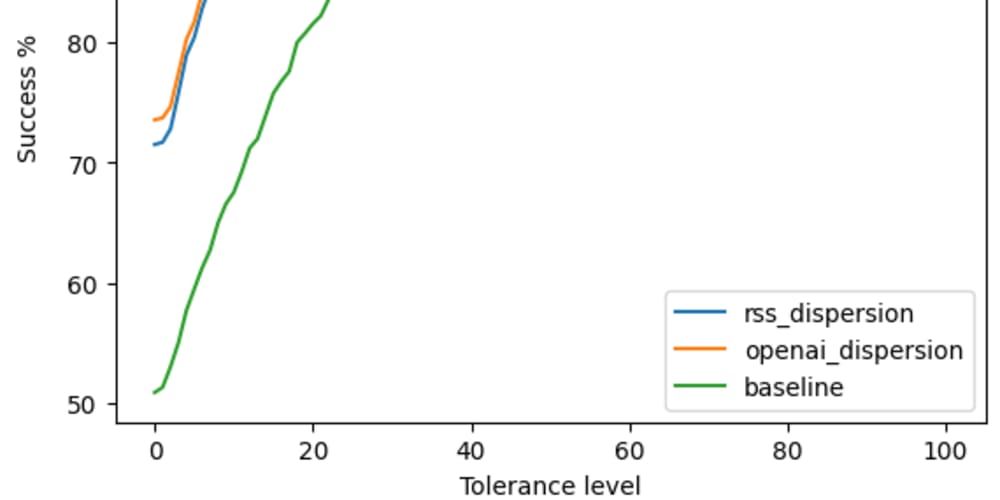Code reviews are a critical component of the software development process, ensuring code quality, fostering knowledge sharing, and facilitating team collaboration. Effective code review practices can significantly enhance the overall development lifecycle, leading to more robust and maintainable code. In this article, we will explore key practices for conducting effective code reviews, accompanied by coding examples to illustrate these principles.
. Establish Clear Code Review Guidelines
Establishing clear guidelines is the foundation of an effective code review process. These guidelines should outline the expectations for code quality, coding standards, and review workflows.
Example: Code Review Checklist
### Code Review Checklist
1. **Code Quality**
- Code adheres to the established coding standards.
- Code is modular, reusable, and follows SOLID principles.
2. **Functionality**
- Code meets the requirements and functionality as described in the user story or task.
- Edge cases and error handling are properly implemented.
3. **Readability**
- Code is easy to read and understand.
- Comments are used appropriately to explain complex logic.
4. **Testing**
- Unit tests are provided and cover the main functionality.
- Tests pass without failures.
5. **Performance**
- Code is optimized for performance where necessary.
- No unnecessary resource consumption.
6. **Security**
- No security vulnerabilities are introduced.
- Sensitive data is handled appropriately.
. Encourage Collaborative and Constructive Feedback
Code reviews should be a collaborative effort aimed at improving code quality, not criticizing the author. Feedback should be constructive, specific, and actionable.
Example: Constructive Feedback
/
/ Instead of: "This function is too complex."
// Use: "Consider breaking this function into smaller, more manageable pieces to improve readability and maintainability."
. Automate Where Possible
Automating repetitive tasks like code style checks and testing can save time and ensure consistency. Tools like ESLint for JavaScript, Prettier for code formatting, and CI/CD pipelines for automated testing can be integrated into the development workflow.
Example: ESLint Configuration
{
"extends": "eslint:recommended",
"rules": {
"indent": ["error", 2],
"quotes": ["error", "single"],
"semi": ["error", "always"]
}
}
. Limit the Scope of Code Reviews
Large pull requests can be overwhelming and challenging to review effectively. Encouraging smaller, incremental changes can make the review process more manageable and efficient.
Example: Breaking Down a Large Pull Request
### Original PR: Add User Authentication
**Changes:**
- Added user model
- Implemented login and registration endpoints
- Added JWT authentication
- Updated frontend to include login and registration forms
### Split PRs:
1. **PR1: Add User Model**
- Added user model with validations.
2. **PR2: Implement Login and Registration Endpoints**
- Implemented backend endpoints for user login and registration.
3. **PR3: Add JWT Authentication**
- Integrated JWT authentication for secure endpoints.
4. **PR4: Update Frontend for Authentication**
- Added login and registration forms to the frontend.
. Ensure Timely Reviews
Timely code reviews help maintain development momentum and prevent bottlenecks. Setting expectations for review turnaround times can keep the process efficient.
Example: Review SLA
### Review SLA
- Pull requests should be reviewed within 24 hours.
- If additional time is needed, communicate with the author to manage expectations.
. Foster a Positive Code Review Culture
Creating a positive and inclusive code review culture encourages participation and continuous improvement. Recognize and appreciate good practices and improvements in the codebase.
Example: Positive Feedback
// Acknowledge good practices:
"Great job on implementing the caching mechanism! This will significantly improve the application's performance."
Conclusion
Effective code review practices are essential for maintaining high code quality and fostering a collaborative development environment. By establishing clear guidelines, providing constructive feedback, automating tasks, limiting review scope, ensuring timely reviews, and fostering a positive culture, teams can enhance their code review process and ultimately deliver better software.
Let's embrace these practices and continuously strive for excellence in our code reviews. Together, we can build robust, maintainable, and high-quality software.
Thank you for reading my article! For more updates and useful information, feel free to connect with me on LinkedIn and follow me on Twitter. I look forward to engaging with more like-minded professionals and sharing valuable insights.



















